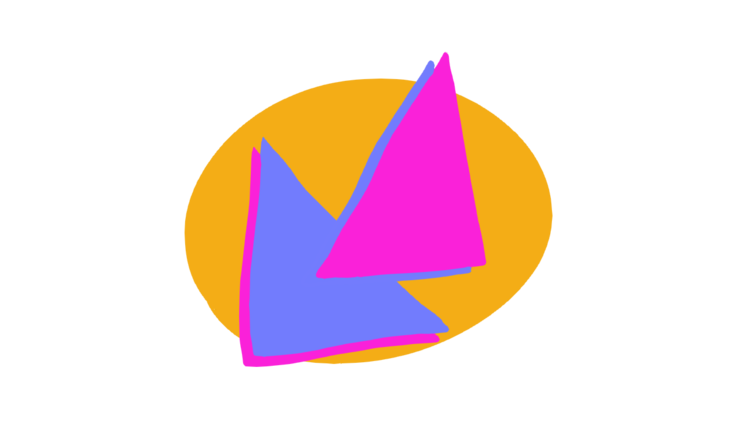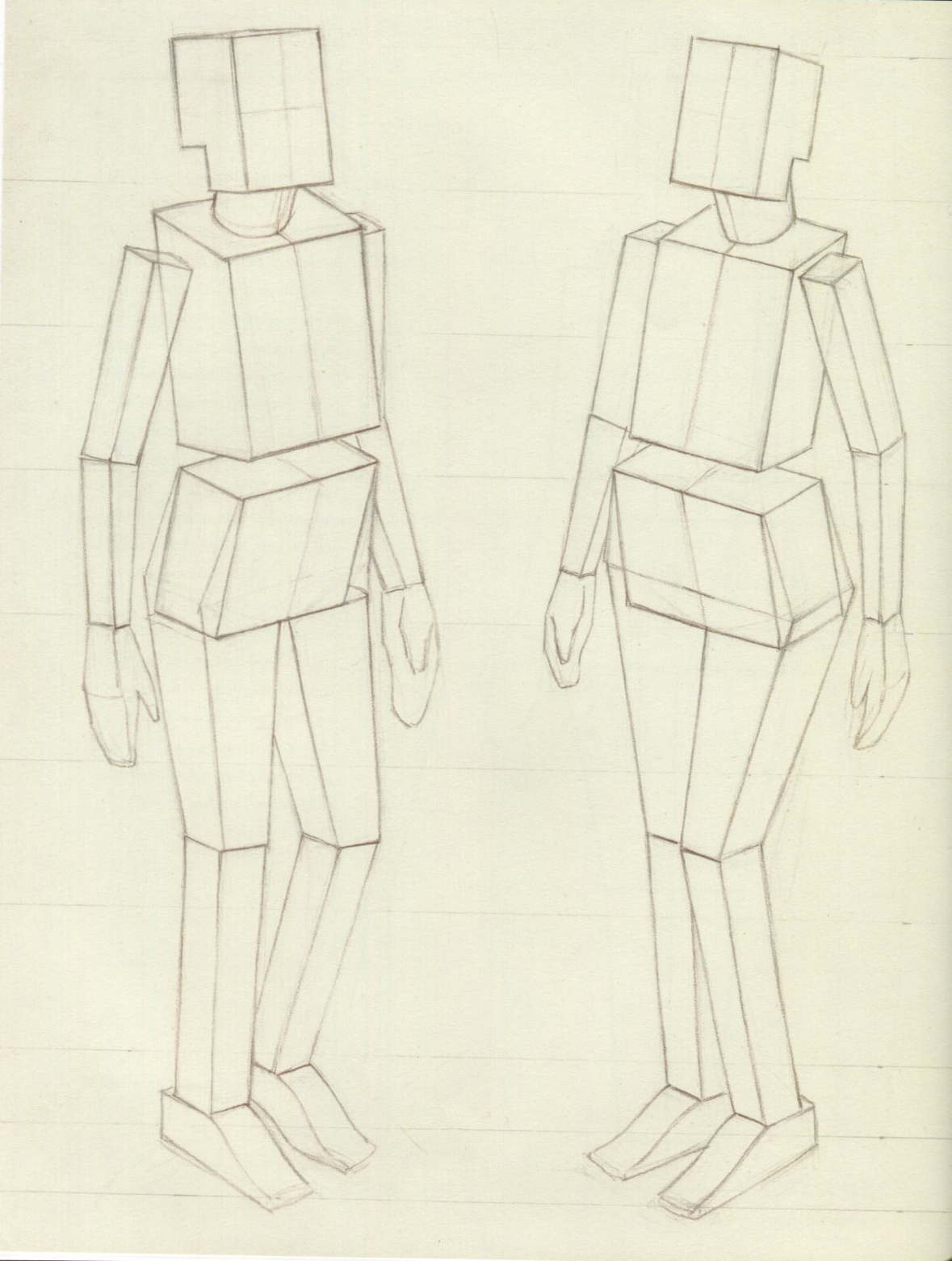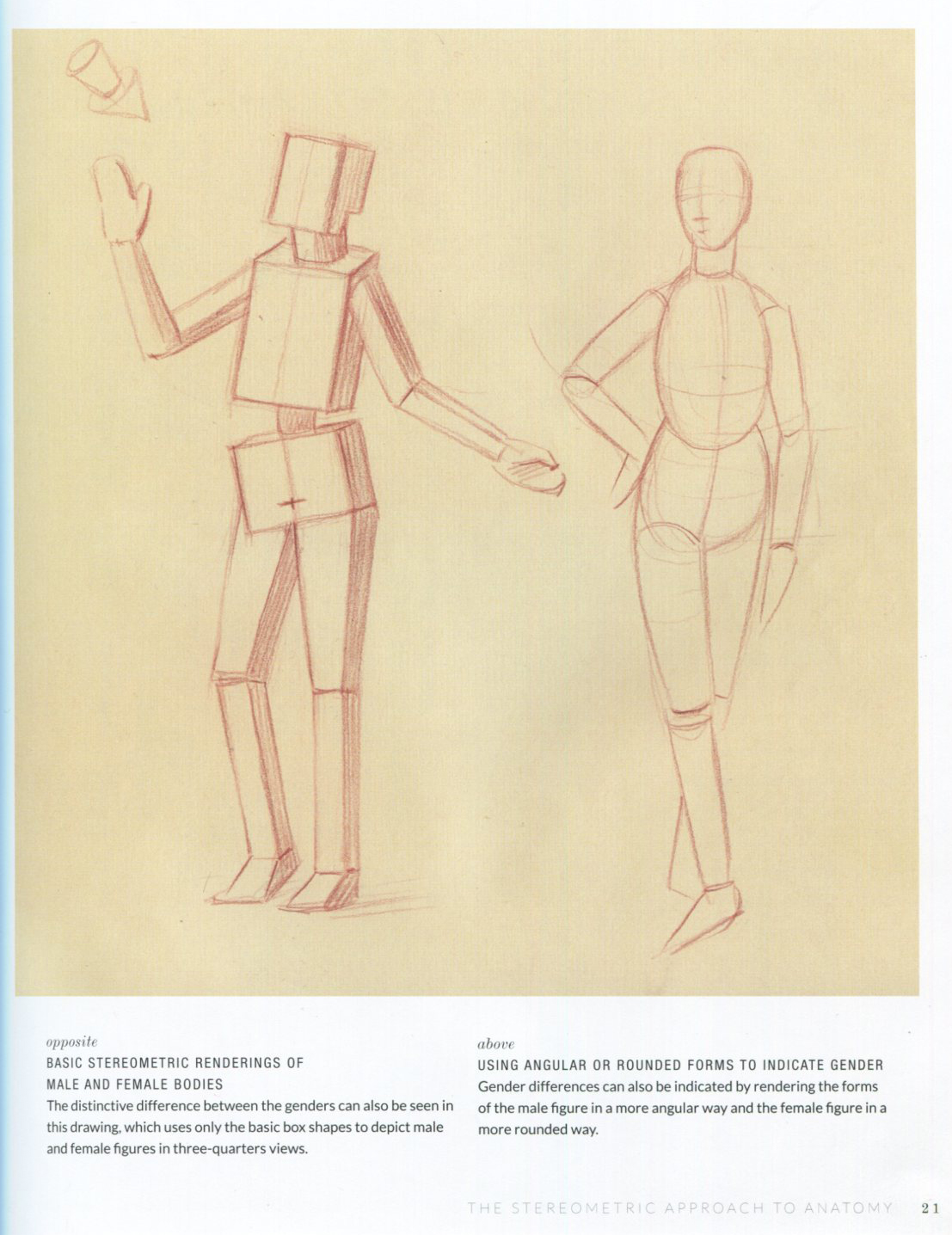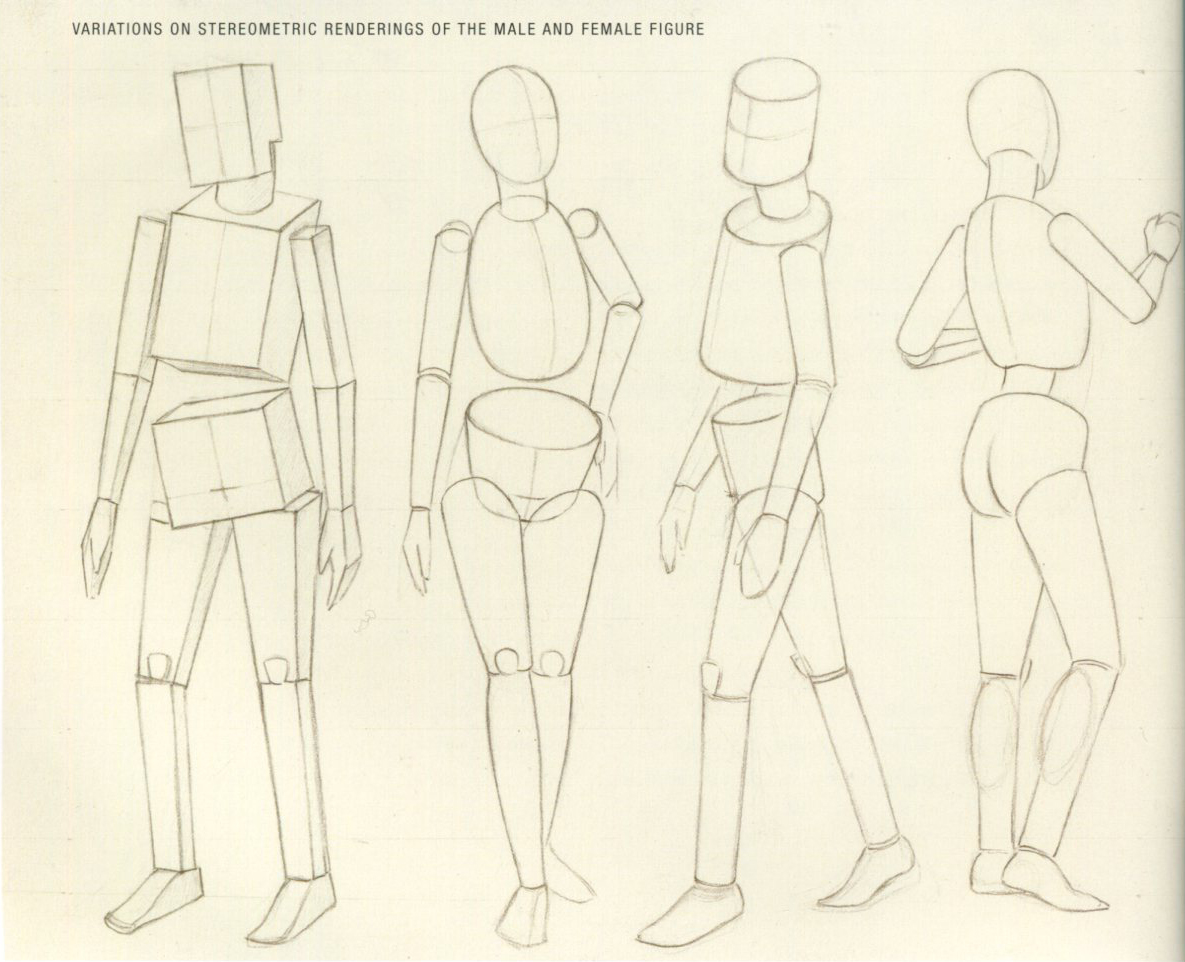some more pretty pictures to look at from a time not so long ago
drawing
Hey Tubby comic page
A funny comic from JJ Sedelmaier
I met director Sotoshi Kon at a Paprika premiere
Paprika directed by Sotoshi Kon.
Around 07-08 I had the privilege of meeting one of the best directors of Japanese cinema. Paprika had just been released in the united states. I had seen the film on DVD but when the opportunity of seeing it on the big screen with director Q&A presented it self I jumped to it. I bought tickets for one of the New York screenings (which there was only two dates). I got to see the film in Japanese with english subtitles, which is usually the way to go when it comes to foreign films.
If you haven’t seen Paprika I highly recommend it. Paprika is one of those film you just gotta own and rewatch from time to time. It’s director Sotoshi Kon is, was, and will always be a legendary man when it come’s to story telling through animation. I am beyond grateful to have met the man.
Above is a autographed original drawing done by Sotoshi Kon. It was a gift I received personally after the premiere. When the Q&A started my hand was the first one up. I don’t remember exactly what I asked him, in hindsight it probably wasn’t a great question, but I was young and I have always enjoyed asking questions so it doesn’t really matter I suppose. After the question he asked me up to the stage and handed me this piece of paper It was very surreal and still feels that way now. He said since I was the first person to raise my hand this was a reward. I’ve had this for more the a decade, and Im sure I will have it for the rest of my life. I wonder how many other’s there are in the world, can’t be to many of that i’m sure off.
If you are not familiar with any of Sotoshi Kon’s films you MUST educate yourself and go watch them. They are ALL amazing films. There is a great video easy about his editing style. Watch it for a quick synopsis about this legend. This is a great channel about film making, support if you like it
My mentor Tsukasa
When I was in art school I had a mentor named Tsukasa. He was about 10 years older then me, grew up on 90's hiphop lived in Brooklyn and was from Tokyo Japan. I was very drawn to the man for several reasons. His artistic voice and abilities as a draft men and animator where some of the best I'ed ever seen. His key poses where something unlike anything I’ed seen. They contained so much movement and power, I would study his drawing in awe.
Unfortunately while he was working on his final project the Tsunami hit Japan and he ended up leaving to help his fellow country men rebuild forcing him to pause his thesis project. Before this occurrence I was helping him with his project. I would clean up some of his scenes and scan them, preparing them for compositing. He was an upper classmate and as tradition goes they usually enlist the under classmates to help. After his return I was knee deep in my own thesis and didn’t have much time to help him, I tired my best but as is usually the case with thesis projects it was a huge undertaking and he just didn’t have enough time to polish his.
However he did manage to complete the majority of his rough animation and a few cleaned up scene. Long story short I ended up storing a few boxes of his during one of his moves. These boxes contained his thesis drawing, I have recently re discovered them after about a decade in my basement closet. There is a lot of animation and the majority is beautiful worth studying and sharing.
So this lead me to the purpose of this post, within the coming weeks I will be re scanning some of his drawing. I will try and composite some of the scene’s and I will share them on this site. I don’t know exactly how long that will take, I am knee deep with my own animation project so it will be an on going restoration project, but believe me when I say it will be worth it. I also don’t know the timing of his scene so I will be using my judgement and opinion when the time comes.
Final note about mentors, I have had two mentors since my journey as an animator started in 2007. Both have influenced me in different ways, I have fallen out of contact with both but I still feel like I will carry their teachings with me for the rest of my years. Do you have a mentor story? How have they helped you grow?
These are some key poses from the project. As you can tell…AMAZING!!
Brick doodles in oil pastels
some oil pastel doodles
The Structural Skeleton
In the 2nd chapter of Roberto Osti book Basic Human Anatomy an essential visual guide for artists, a Hybrid conceptualization is explored in great detail. What is meant by Hybrid conceptualization is a combination of the Stereometric approach (which involves geometric solids such as cubes, spheres, cylinders, tetrahedrons etc.)
Conceptualization the skeleton according to its basic structures gives us an idea of how it is built, how its parts are joined together, how it moves and how the weight is carried and distributed.
Hybrid conceptualization offers advantages, its easier and faster to draw and they create a more realistic figure. When studying these proporttions remember that they are generalization, actual proportions will vary somewhat from person to person.
Once you understand the method of analyzing the body you can come up with your own approach.
A few things about the rib cage, the 7th and 8th ribs are the widest point of the ribcage. The 11th and 12th ribs are barely visible from the front, they are referred to as "floating ribs" in this book.
The female hips will be typically wider especially at the pelvic brim which tends to have a more oval shape. Whereas the male tends to be narrower and have a more heart shape.
ALL text and Images are taken directly from Roberto Osti Basic Human Anatomy
Basic Human Anatomy
Basic Human Anatomy and essential visual guide for artists by Roberto Osti is as good an anatomy book as you can find in the market. With simple explanations and rich visuals it's a great book for any young artist trying to learn more and sharpen their fundamentals.
The Fundamentals of drawing are very simple, Anatomy and Perspective are certainly in top 5 most valuable skills for improving. Learn some Anatomy and draw better right, sounds simple but the reality is Anatomy alone takes years if not a lifetime to master, that's why it is important to start educating your self as soon as possible and as much as possible, going to your local library and checking out some of their art books is in some ways better then clicking through the endless internet
The Stereometric Method
The Stereometric Method was devised during the Sixteenth century in a period know as the Renaissance, Italian Mannerist painter Luca Cambiaso created many sketches and compositional studies with many levels of schematization. Painter Piero della Francesca, Paolo Uccello, Albrecht Durer, and Leonardo de Vinci all used this method before starting and big work.
"The artist with a good knowledge of Anatomy will be able to create more beautiful and accurate artwork because he or she will have the means to better understand the forms of the body" -Roberto Osti
Stereometric rendering can be used for compositional purposes as well as for studying light and shadow. Because the moving figure is such a challenging subject to draw or paint, it can be of great help to subdivide the figure into various components and then reassemble them. The Stereometric approach employs boxlike shapes, it can be slow and impractical so as you progress more organic forms closer to the human body can be used.
"Once you understand how the segments of the body relate to proportionally and how they are connected you can start to create a variety of poses" -Roberto Osti
ALL text and images are taken from Roberto Osti Basic Human Anatomy




































